The Universe Is Fractal!
The universe is fractal, divisible always into smaller systems that function identically and combinable always into larger systems that, too, function identically. This is because the universe is the manifestation of Infinity.
Everything from photons to black holes and beyond operates in this manner. All things are all things. How something is seen, though, is dependent on the observer. In this way, all things are relative for a given observer.
This is due to the relative mass difference of a given object to the "largest building blocks" of the observer. What we call "atoms" function significantly faster than what we call "solar systems" or "galaxies". However, atoms function much slower than smaller particles such as "photons". The larger the mass, the slower the rate of the function (and vice versa).
This relative mass difference and the relative rate of function of systems causes us, composed specifically of the masses known as "atoms" as our largest building block, to perceive each other system as we do.
Parallel Connections Between the Layers
One way for us to see this is to look at “adjacent levels” in the infinite universe. In particular, three levels we can observe most directly are galaxies, solar systems, and planetary systems.
As we call our largest building blocks “atoms”, we differentiate these systems from all others. How we see other systems in the universe is by using these "atoms" as a lens through which to observe relative systems. Using atoms, which are smaller than planetary systems, we see planets in particular ways. Much the same is the case for solar systems and galaxies.
Even though these systems each function identically, it is once again due to the relative mass difference between atoms and each of these systems that we see them in different ways. As a result, in order to recognize their identical functions we have to look and see what commonalities each share and then compare the differences to see the similarities in these. Using this process, we can even deduce more about each system than we can directly be aware of by looking at each system alone.
The Center of Mass
The most obvious trait of each is that they all have a system that functions as the center of mass. For galaxies, these are known as "black holes". For solar systems, these are known as "stars". And for planetary systems, these are known as "planets". Importantly, though they do not appear the same, this discrepancy is a result of the relative mass of each system compared to the atoms we use to observe them rather than a fundamental difference between each. We will come back to specifics on this soon.
To demonstrate this interconnectedness between "layers", we can look to as many shared traits as possible to distinguish why each is a fractal system of the others.
The Disc Structure
Using galaxies as a reference point, the second distinguishable trait is the disc of mass formed around each. For galaxies, we call this the disc of the galaxy.
For solar systems such as our own, we have come to label such structures as the Asteroid belt and the Kuiper belt.
For the Earth, we call them the Inner and Outer Van Allen Belts.
These are all analogous, though we see each differently as a result of using atoms to observe each; their function is the same. The mass of the components of each system relative to atoms leads to how we see them.
Our Solar System is a Galaxy
We are composed of "atoms", and so we see our solar system as we do. This does not mean that all life in the universe is specifically composed of the building block that we call "atoms", but rather it can be composed of any of the fractal "layers". An observer composed of building blocks smaller than our "atoms", with the right mass ratio to our solar system, would see it as a galaxy. This mass ratio would be the same ratio as the mass of our "atoms" to the mass of our "galaxy". Relative to the Kuiper belt, the Asteroid belt and planets are close to the sun and compose only a small portion of the solar system. What we call the "Kuiper belt" would be observed directly as the disc of the galaxy that is our solar system, to this smaller observer.
Much the same, an even smaller building block observer would look to our planetary system as a galaxy, seeing it as such when they have a similar mass ratio of their building block to our planetary system as our atoms' mass ratio to the Milky Way galaxy.
A Moment's Reflection on Time
Notably, each of these observers would not see the same amount of absolute time pass as we would; their entire existence could pass in each of our heartbeats. This does not mean that their experience of time is so rapid, however, because it is based on the rate at which their building blocks function relative to their surroundings. This is more easily understood by considering observers composed of larger building blocks the sizes of what we call "galaxies" and beyond. Our entire experience passes in the time it takes for the most smallest fraction of a moment to pass for this larger observer. They do not experience time unimaginably slowly, though, but rather--due to the rate at which their "largest building blocks" function, they experience time passing as "normally" as we do.
In this way, the rate at which we experience time relative to another observer is dependent on the rate at which each's largest building blocks function. For example, electrons circle a nucleus much faster than planets circle a star, but these are identical operations that act as a literal internal clock.
The universe is infinite, and even the smallest fraction of a moment can be stretched into "eternity" and filled with countless events on smaller and smaller scales. In the same way, "eternity" can be compressed into the smallest fraction of a moment and pass unnoticed on larger and larger scales.
Spiral Arms
Thirdly, starting with galaxies we can commonly see spiral arm structures.
Using the same process, we can now begin to look and see if there are analogous structures in "solar systems" and "planetary systems".
What we find is that as the sun rotates, its electromagnetic field produces what is known as the Heliospheric Current Sheet.
In combination with the Kuiper belt, these rippling waves from the sun's rotation produces the observation of spiral arms of the disc of the galaxy that is our solar system for an observer composed of building blocks relatively small enough compared to atoms where they see our solar system as a galaxy.
Earth, too, rotates and has an electromagnetic field. In the same way that the heliospheric current sheet would produce a spiral disc structure of the Kuiper belt, so too would Earth's electromagnetic field and rotation produce a spiral disc structure for the Van Allen belts.
Discrepancies In Appearance
Stars don't look like planets, nor do they appear like black holes. So you might be asking, "How could these all be the same? Black holes are singularities, after all!" Maybe you have even concluded that, based on what science presently says, this must just be some crackpot idea.
The Singularity Illusion
All of science claims that black holes are singularities; points in space from which nothing--not even light--can escape the immense gravitational field.
No. No, no, no, no, no. Recognizing the parallels of above, and that stars and planets are not "singularities", clearly "black holes" aren't either. But then, why do we see them as such?
Let's start with planets. We look at planets in the visible light spectrum, and we see bodies reflecting radiation from our sun. But if we want to look at the light that they themselves emit, we have to look in the infrared spectrum. Relatively smaller objects, compared to stars, known as "planets" emit infrared light. Ok. Great!
Now, objects that we classify as "stars" are relatively more massive. As a result, they are more energetic. As we are composed specifically of "atoms", we see the radiation from each system as relative to our atoms. Sufficiently high relative mass emissions, known as "visible light", come from stars whereas planets emit lower relative mass emissions, which we classify as "infrared light".
So what about "black holes"? Well, above visible light energetically is known as "x-ray light". When we look at a "black hole" in the x-ray spectrum, this is what we see:
Now, this is commonly interpreted to be "hot gas around the black hole". In other words, not the black hole itself. However, it is the black hole because all systems function the same and just like a planet or star, black holes radiate. The reason we see it as a singularity is because we are focused on the visible light spectrum. These objects, though, are so massive that their radiation is higher energy. In addition, their gravitational effects on specific wavelengths--masses--of light are more prominent, to the point where any visible light that may be emitted could be bent back inward on itself.
The Shifting Electromagnetic Spectrum
Referring back to an observer composed of a smaller building block than "atoms", if they were to look at our sun then they would not see visible light. This is because their building blocks are smaller and so the way that they observe the light from the sun is a function of the relative mass differences of their building blocks to the mass of the particles emitted by the sun. As the sun's emissions would remain constant but the observer would be composed of smaller building blocks, the entire electromagnetic spectrum is shifted so that what we call "visible light" would be "x-ray light" to them. Just the same, what we call "infrared light" would be seen as "visible light" to them. In this way, Earth is a Star.
Earth Is A Star
As we have discussed similarities between galaxies, solar systems, and planetary systems, we can also see that all "center of masses" must function the same. If this is true, that is. So, is that the case? Let's compare Earth and the Sun to see if there are parallels that allow us to draw this conclusion.
We have already considered that the Earth emits radiation in what we see as the infrared spectrum whereas the Sun emits radiation in what we see as, largely, the visible light spectrum. Therefore, both systems function the same in this regard. But there are other similarities that exist.
The sun has what is known as the photosphere, which is the "outer shell from which light is radiated":
The Earth has an identical structure in what is known as the Airglow of the Ionosphere:
Though Earth emits what is known as "infrared light", this is only because we are composed of "atoms" observing each relative system. A smaller building block observer would see our "airglow" as the photosphere of their star or another visible star.
Our sun also has sunspots and solar flares can come from these:
As the sun is larger than Earth and functions more slowly, we see these same events much more rapidly on Earth in what is known as a sprite, upward lightning, which passes through E.L.V.E.S at the edge of the airglow of the ionosphere:
![]()
Source
Outward to Infinity
The focus here was on three adjacent "layers": galaxies, solar systems, and planetary systems. As the parallels exist, we can use pattern recognition to deduce that this continues outwardly--larger systems and smaller--to infinity.
The universe is the manifestation of infinity. It is a fractal, having infinite dimensions all within one singular system. They are not elsewhere or in some "other universe", but all within the one universe without end.
Who Am I
Hi! Thanks for reading. I'm Steve. These are my deductions from my independent research. You can find more information in my many other Steemit articles or at my website, CascadingUniverse.Org. My book, research paper, and accompanying YouTube video can be found here.
Hope you enjoyed the article!
-Steve Scully
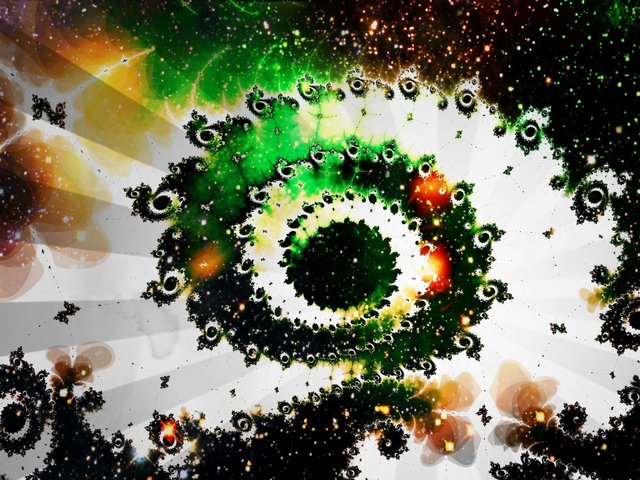
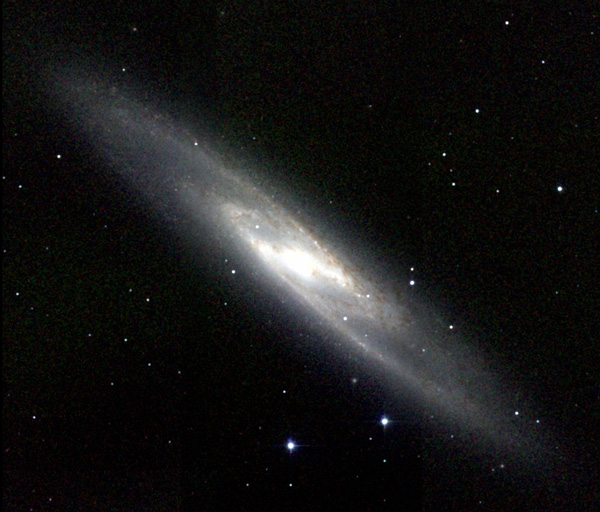
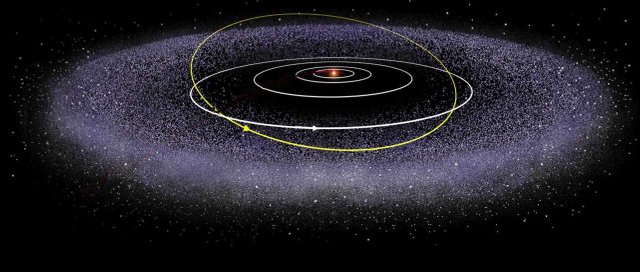
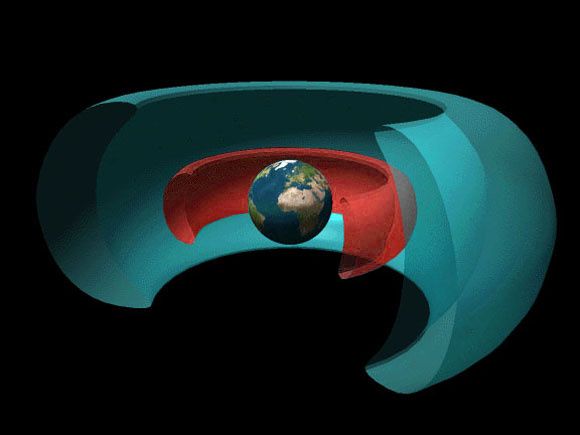
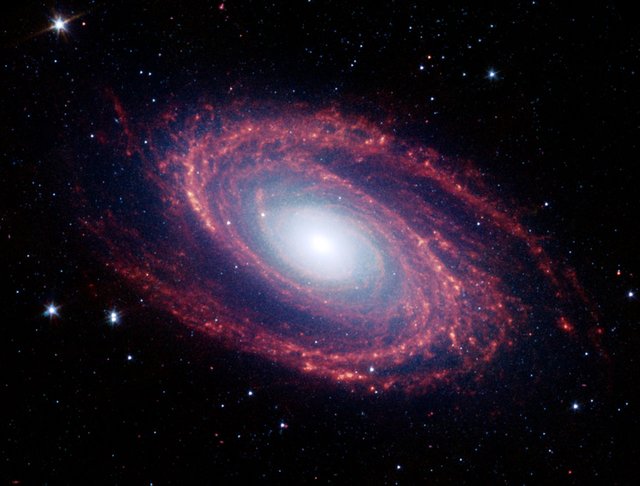

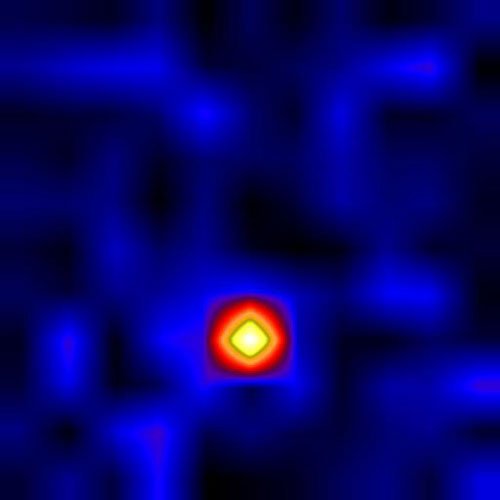
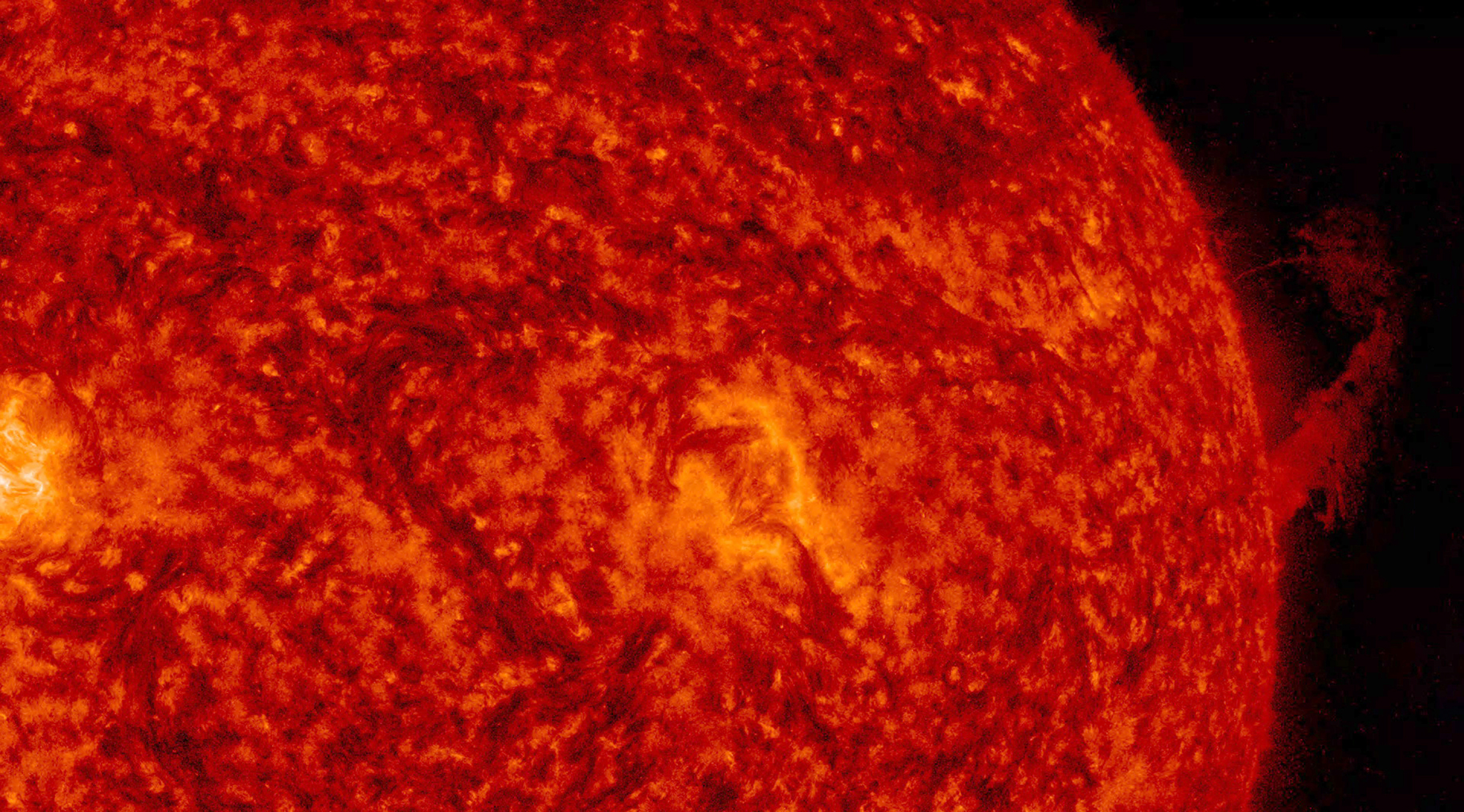

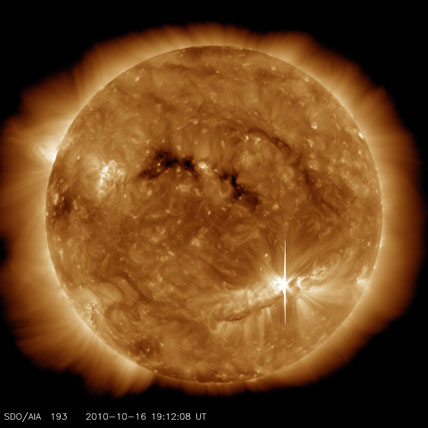
The Universe Is Fractal! is amazing...

your all photos outstanding...
great science...
most like
thanks
Thanks, appreciate it! :D All photos were retrieved through Creative Commons searches.
The universe is indeed fractal, and this causes the golden ratio to effect the similarity in appearance of various levels of complexity.
This is untrue. There remain a multiplicity of theories that do not acknowledge singularities.
I submit that this theory about relative mass is apparently nothing more than speculation. One example of the speculative nature of your post is that there are no lower mass particles you contend form the building blocks of different levels of perceived reality proposed by any theory.
Another is that, regardless of mass, theories which propose black holes do not support ANY direct emissions of ANY form from singularities.
I have to note that there are scales at which there are no apparent analogs for the structures you propose are identical at every scale. What is the analog between the galactic scale and solar system? Half of that?
I suppose we all had similar epiphanies when we first hit the pipe.
Most of us either recognized our own feeble capacity to really understand the universe due to our physical limitations, or grasped certain irreconcilable features of the apparent scalar synonymity, such as I note above.
I have struggled to comprehend some of the theses you have proposed, and suspected either I was incompetent to do so (which I remain confident is the case), or that they weren't comprehensible at all - which I am now certain of.
There are features of physical reality which do not scale at all, such as quantization. Emissions from the sun simply aren't quantized as are photons from atoms, or changes in electron orbitals.
Thanks for the ride! It's been fun, but I'm getting off now.